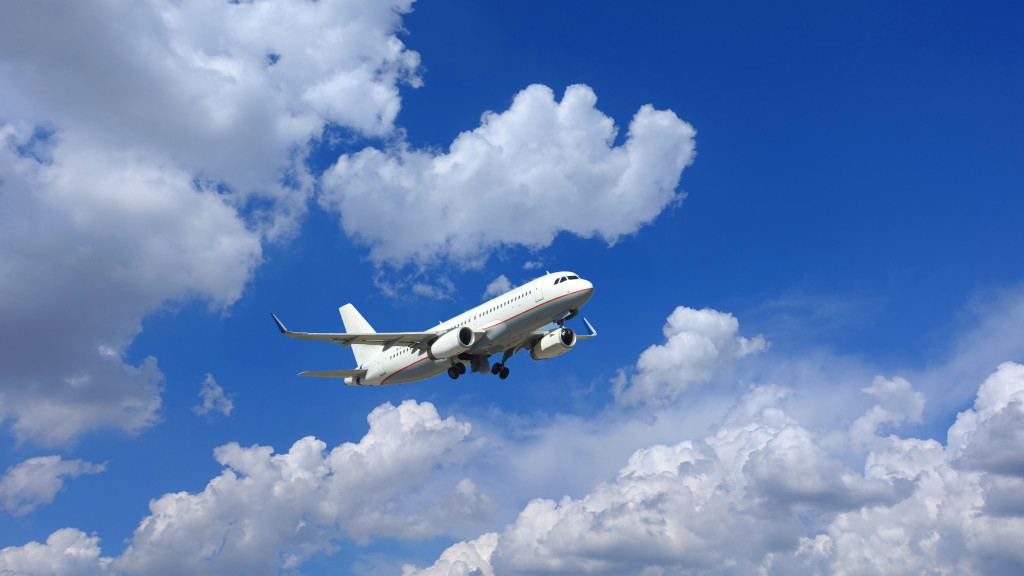As travel restrictions gradually ease, airlines prepare to bring passengers back on board. That means rebuilding profitability and demonstrating a genuine commitment to improving service. In the “new normal” of air travel, customers will demand more seamless digital experiences and greater transparency around health and safety.
Airlines must also adapt to meet changing traveler needs in a post-pandemic world. And to meet these goals, many airlines are turning to modern technology and practices. Here are some of the most promising next-generation solutions that could help transform air travel:
Online Check-in and Boarding
Many airlines now offer online check-in and boarding to make the travel experience more convenient for passengers. Passengers can save time at the airport by checking in and printing their boarding passes from home or work.
This service is beneficial for business travelers who often have tight schedules. It’s also helpful for families traveling with young children. Online check-in and boarding can also help reduce airport congestion. That means shorter wait times and less time spent in line.
On the other hand, there are also self-service kiosks at the airport where passengers can check in and print their boarding passes. These kiosks are well-equipped with passport scanners and facial recognition technology to speed up the process. Soon, this practice may become the norm at airports around the world.
Tech-driven Route Guide Manuals
In the past, flight technical engineers rely on paper-based route guide manuals (RGMs) to plan and calculate aircraft performance on flights. The process is tedious, time-consuming, and prone to human error.
Now, devices and software can help digitalize the process and make it more accurate. For example, modern apps such as Google Earth can help pilots visualize their flight route. This digital integration allows them to plan and execute their flights more efficiently.
Pilots can also bring these apps offline to continue using them even when there’s no internet connection. This feature is crucial because it ensures that the pilots have all the information they need, even if there’s an unexpected change in the flight plan. This way, they can avoid potential delays or cancellations.
Sustainable Fuel Sources
The aviation industry is one of the biggest consumers of fossil fuels. In fact, it accounts for about 2% of global carbon dioxide emissions. But with the help of science, the industry is addressing this issue by turning to sustainable fuel sources, one of which is biofuels.
Biofuels come from renewable materials like plants and algae. They produce fewer emissions than traditional jet fuels and can help reduce an airline’s carbon footprint. As of writing, many airlines have already started using biofuels for their flights.
For example, Virgin Atlantic completed the world’s first commercial biofuel flight in 2008. The airline used 20% coconut and babassu oils mixed with traditional jet fuel to power their Boeing 747 aircraft.
In the future, biofuels may become the norm in the aviation industry. And with continued research and development, it’s not surprising to see even more sustainable fuel sources that could help make air travel more eco-friendly.
Aircraft Ground Power Units
Also known as Aircraft GPU, aircraft ground power units are devices that supply electrical power to an aircraft while it’s on the ground. This power can be helpful for various purposes, such as starting the engines, running the air conditioning system, and powering the lights.
Many airlines benefit from using aircraft GPUs because they help reduce fuel consumption. They also eliminate the need for idling engines, which can produce harmful emissions. So, investing in either new or used aircraft GPUs can be a great asset for any airline.
You can source this type of equipment from aviation ground support equipment suppliers. When shopping for an aircraft GPU, choose a reputable supplier that offers quality products and services. In doing so, you can be sure that your investment will pay off in the long run.

Operations Management Software
Irregular operations happen when there are changes in the flight schedule, such as delays or cancellations. They can be due to many factors, such as bad weather, technical issues, or even a pandemic.
While it’s impossible to predict when these changes will occur, airlines can use operations management software to better plan and manage their flights. This software can help airline staff quickly assess the situation and make the necessary changes to the flight plan.
It can also help them keep track of the changes and communicate with relevant parties, such as the pilots, crew, and passengers. This way, everyone is on the same page and knows what to expect.
The use of technology has changed the aviation industry for the better. With these modern practices, airlines can operate more efficiently and sustainably. The above examples show how technology is getting used to improve the air transport industry. So, consider these practices if you’re planning to manage or invest in an airline.






